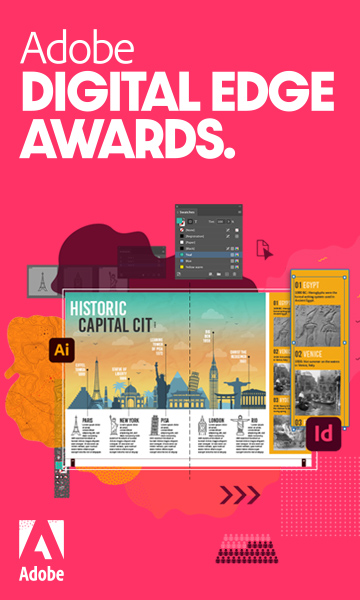To realise the potential of blended learning, university leaders must think strategically about how digital tools can support student-centred, authentic learning experiences
Despite the challenges of the past 18 months, universities have identified a number of benefits. Students who prefer to work at their own pace thrived during at-home learning; attainment gaps in under-represented groups narrowed; and many academics became more creative in their learning design.
Mark Andrews, strategic development manager at Adobe, explained that the thoughtful integration of digital tools can enable the next generation of blended learning. Such tools enable students to develop and showcase important skills, knowledge and mindsets though activities and assessments that tap into the learner's intrinsic motivation to study and develop agency.
Teesside University has been on a digital transformation journey since 2016, so was off to a head start when campuses closed. “When the pandemic hit, we had that digital confidence to build on,” explained Ann Thanaraj, assistant academic registrar for digital transformation at Teesside.
But there were still lessons to be learnt, namely that it was important to redesign the experience for the student; that “emergency response” learning is different to more long-term blended learning; that there needs to be a clearly designed learning path; and that effective online learning needs to be collaborative.
There was a clear consensus that last year’s online learning experiences had led universities to appreciate the value of campus learning. But not all institutions were at a level of digital maturity where they were able to benefit immediately, said Lawrie Phipps, senior research lead at Jisc. “We have hundreds of hours of interviews from March 2020 and there were huge levels of stress – some people had never taught online and were just coping, while many students had never experienced distance learning either.”
Moving forward, it would be incumbent on institutions to demonstrate the value of a blended approach to students and their parents, who are concerned about value for money, Phipps added. “Universities have developed their practices in the months since. Education is about engaging and connecting to others, rather than transmission of content.”
Assessments must also evolve to complement effective blended learning. Claire Lucas, professor of engineering teaching and learning at King’s College London, felt that the pandemic had accelerated a shift to new modes of demonstrating knowledge in her subject area. “We were already moving to video pitches and replacing some lab reports with oral tests as more efficient and authentic means of assessment,” she said.
Lucas’ department looked at how graduate assessment centres had adapted to the pandemic and learned from this. A blend of media can help level up chances for all students, she added: “In group projects, in the past you might have had a student who took a leadership position, but using digital skills there are lots of ways to be included and for your contributions to be recognised.”
Using cloud-based tools to develop learning content can create greater equity of access as students can engage in learning on the device that works for them, concluded Andrews.
But Lucas added that for many people the return to campus was about finding a dedicated study space that many students will have missed during the enforced remote learning phase. “Students’ access to space and whether they could turn on the camera was immediately apparent at the start of the pandemic,” she added. “A critical part of coming back to campus is not just the opportunity to be in lectures but to be in a safe space where the whole point of being there is to learn.”
The panel:
- Mark Andrews, strategic development manager, Adobe
- Alistair Lawrence, special projects editor, Times Higher Education (chair)
- Claire Lucas, professor of engineering teaching and learning, King’s College London
- Lawrie Phipps, senior research lead, Jisc
- Ann Thanaraj, assistant academic registrar for digital transformation, Teesside University
Watch the session on demand above or on the THE Connect YouTube channel.
Find out more about Adobe’s solutions for higher education.


























